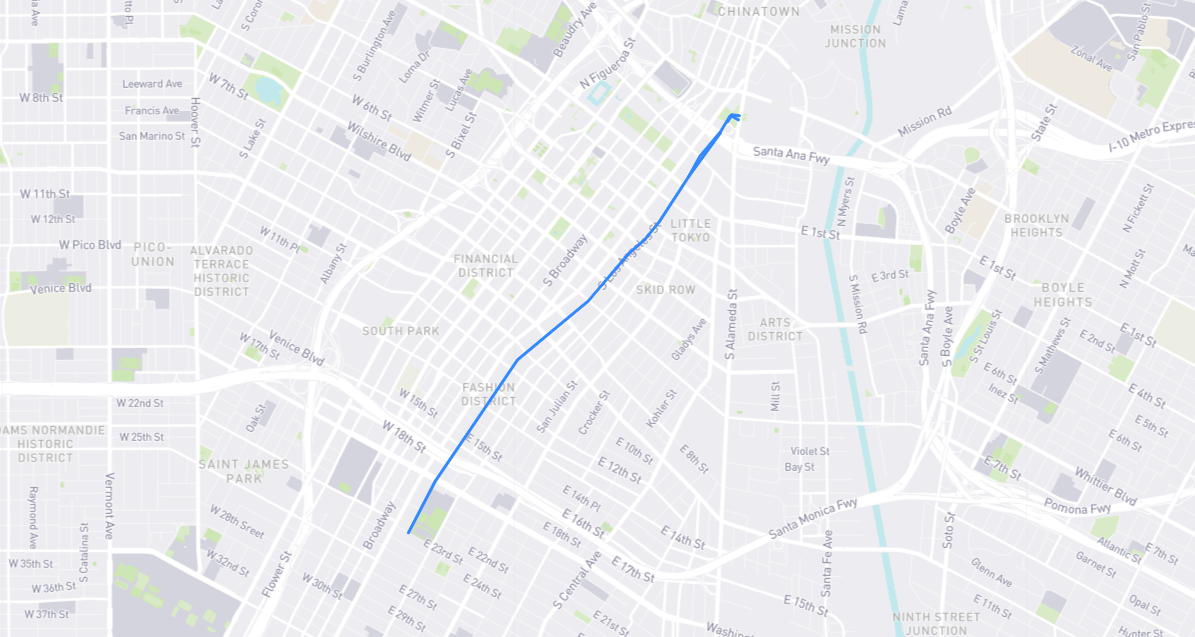Two things: First, Los Angeles Street, which was named by 1854. It ran south of the old plaza along with Calle de los Negros, which English speakers called “Negro Alley” and worse. (Despite its name, few if any black people lived on the street, which was notorious for its saloons and brothels, but it did become the site of L.A.’s first Chinatown.) Los Angeles Street only finally consumed Negro Alley in 1910. Second, the city’s original name. Here’s what I’ve determined: the name Nuestra Señora de los Angeles de Porciúncula was given to the L.A. River by Spanish explorers on or around August 2nd, 1769 – a feast day honoring St. Francis of Assisi that was indeed called Nuestra Señora de los Angeles de Porciúncula, “Our Lady of the Angels of the Little Portion”. (I found a 1717 book from Spain that used this phrase, so it wasn’t site-specific, although later settlers called the L.A. River “Rio de Porciúncula”.) The “little portion” refers to the small bit of land where St. Francis restored a ruined chapel back in early 1200s Italy: it’s where the Franciscan movement began. An alternative name for our fair city, El Pueblo de Nuestra Señora la Reina de los Angeles – “The Village of Our Lady the Queen of the Angels” – was apparently affixed upon an 1785 map, four years after said village was founded. In short, the first variation of the name is more proper, but the second is probably what L.A.’s early settlers actually called it.
Find it on the map:

